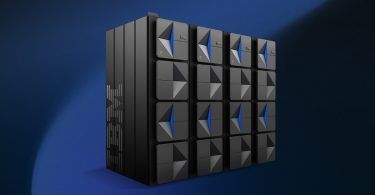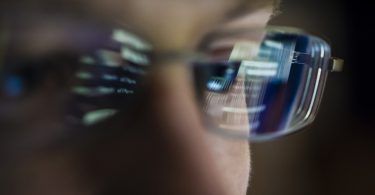Future mainframe transformation will be built on artificial intelligence (AI). BMC has been...
Mainframe Blog
Forrester Study Explores Total Economic Impact™ of BMC AMI DevX
Mainframes continue to power the world’s most critical systems—from financial transactions to...
How to Supercharge Mainframe DevOps with Git + BMC AMI DevX Code...
More and more mainframe organizations are either moving to Git or talking about moving to Git...
Mainframe Transformation with AIOps: Smarter Operations, Greater...
Organizations that rely on legacy mainframe monitoring tools often face costly inefficiencies...
Taking a Ride on the Modern Mainframe Trip With Your AI Best...
If you’ve been working in enterprise software most of your life like me, then artificial...
Cracking the Code for Java on the Mainframe
COBOL remains the dominant programming language on the mainframe, but Java® is making substantial...
Do Your Developers Have the Droids They Are Looking For?
In the Star Wars movies, starfighter pilots are commonly assisted by astromechs, a type of repair...
Choose the Right LLM: Why AI Flexibility Matters for Mainframe...
As generative artificial intelligence (GenAI) takes center stage in enterprise innovation, many...








